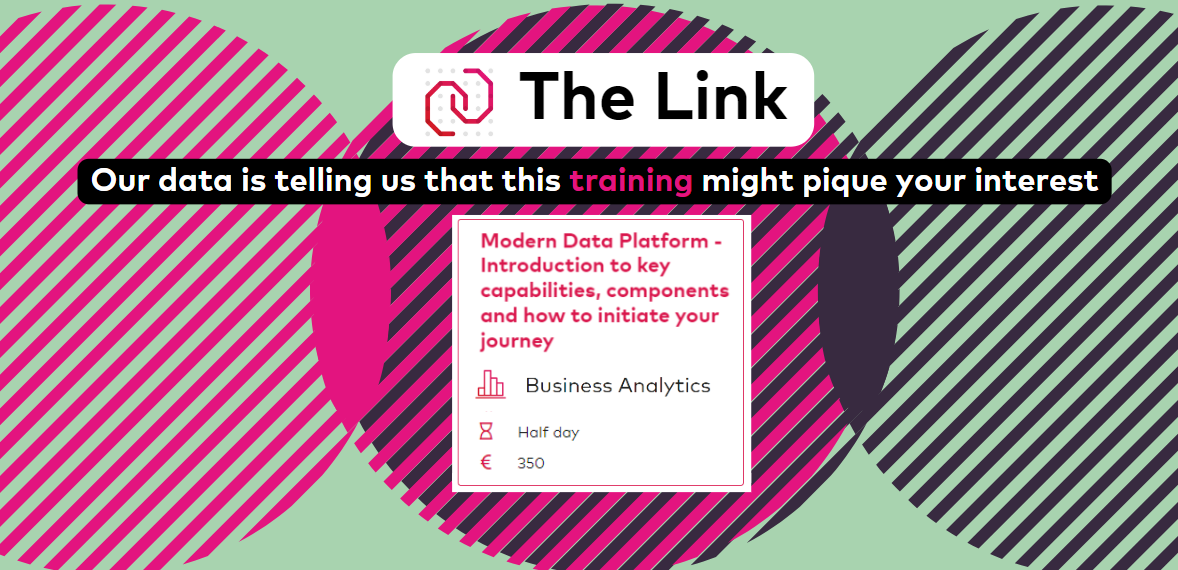How a cloud first strategy can improve your marketing department’s productivity
The set-up of a Modern data platform helped our client to built a strategic long term marketing strategy.
Challenge
manual tasks combined with day-to-day struggles
In a world where everything is evolving quickly, a marketing strategy that will persist the challenges of time can deliver great benefits to your business. Those kinds of strategies often require a well-oiled marketing machine. As we’ve experienced, this is often not the case. Lots of businesses still have to deal with manual tasks that absorb a lot of time of their employees. These manual tasks require business specific knowledge that only consists in the heads of a limited number of people. This results in unwanted dependencies and possible bottlenecks. As those are labor intensive processes, there is little time left to experiment or assess whether campaigns do target the right leads. This results in an inefficient targeting method. Even if they would have time to experiment or assess their marketing campaigns, there is often a dependency on technical specialists for delivering the necessary insights.
For one of our clients, a digital media company, those struggles were recognizable. So, they contacted us with the need to run more action-driven and segmented email campaigns. Based on their input, we arrived at 3 major requirements:
- The marketing team had to have a clear overview of the groups that were targeted and by which measure, at any time. Having the segmentation of your email campaigns done automatically, doesn’t mean you can’t be in full control.
- Sending out hyper-targeted email marketing campaigns without relying on a data specialist. This would ultimately result in less communication noise and a more efficient marketing department.
- A smooth integration in the already existing email campaign application.
Approach
Step-by-step to achieve quick results without losing the longer-term goal
Through in-depth discussions, we analyzed how those specifications could be translated into an effective solution and what kind of data architecture was needed to realize that solution.
From the start, it was apparent that a list of email addresses and segmentation categories wouldn't do the job. This, because anyone who sets up a business could be considered as a potential lead for our client. Running targeted campaigns to a subset of this enormous pool of leads, requires a modern data platform that provides easy access to various segmentation parameters such as business area, geographical region, the period a company has been in business, or how a lead interacted with previous campaigns. Therefore, a more elaborate, hierarchical data model was needed to aggregate all the information related to a specific lead into a single golden record and properly track conversion.
On top of this, during the in-depth discussions we noticed that many data-related initiatives were ongoing within the rest of our client's organization. For example, an old data warehouse needed to be migrated into the cloud. Another initiative was underway to realize a 360-degree customer view, which had never really materialized. This resulted into only one possible solution: a cloud-first strategy. This was the only viable way to enable our client to quickly launch and deploy applications to support longer-term business goals.
However, it is obvious that you can’t build a modern data platform overnight. If you want to reap its long-term business benefits, you need to take the required time to properly lay the groundwork. To realize this, we closely worked with our client’s various data teams to build a global roadmap that fits for the entire organization. And since a modern data platform is based on a modular approach, there is no need to implement everything all at once. Instead, this roadmap enabled us to define what to focus on first, in sync with our client's priorities and framed within a long-term vision and partnership with our client.
Impact
Productivity growth & added value tasks
Due to the move to a modern data platform, our client’s end-users are at the helm of the operations. For example, their marketing department can easily create lead segments for their email campaigns without relying on technical specialists. So, they can automatically pass along the segmentation parameters to the underlying data platform. From that point onwards, the platform will push the corresponding leads to the email campaign application, which will then process and feedback campaign results to the data model we designed.
Needless to say, eliminating a multitude of manual tasks brings enormous time savings to end-users. As a result, they can spend their time on value-adding tasks such as testing out new hyper-targeted email marketing campaigns or refining campaigns depending on their leads’ interactions with previous campaigns.
As the platform is future-proof, it is possible to later-on implement some components that will fulfill their future needs. For example, components that can handle a large variety of data in both batch and streaming mode, components that allow for scalability and provide an application interface to integrate with external applications. Even data governance tools can be added to their platform. Data security is also embedded into this platform and can be configured in a way that fits best for the client.
So, by implementing a Cloud-first strategy, we helped our client with improving the efficiency of their marketing department, optimizing their targeted campaigns and being resilient to future changes.

